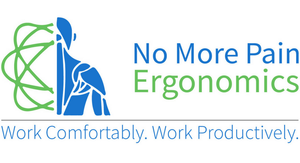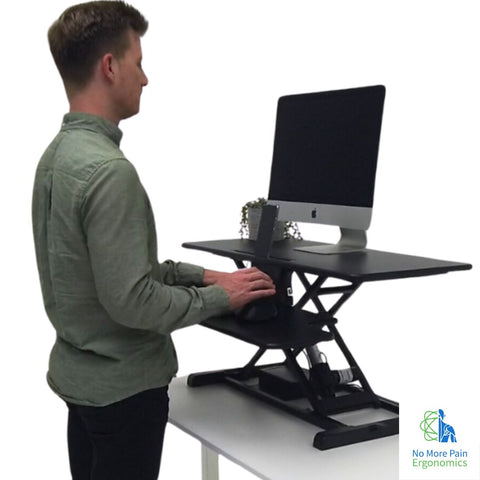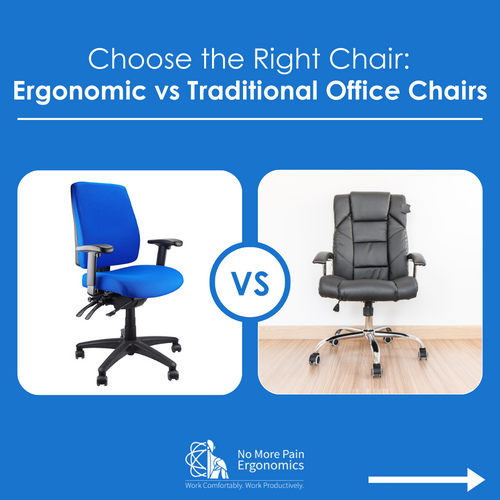In recent years, the popularity of standing desks has soared as people have become increasingly aware of the health benefits of reducing sedentary behaviour. Whether you're a dedicated remote worker, a student, or someone who spends long hours at a desk, choosing a suitable ergonomic standing desk is crucial for your well-being. This guide will walk you through the essential factors to consider, such as desk height, workspace setup, and budget, ensuring you make an informed decision that suits your needs.
- Determining the Right Height:
- Start by assessing your body's natural posture. Your standing desk should allow you to maintain a comfortable and neutral position with your elbows at a 90-degree angle.
- Consider adjustable height desks to accommodate different users or for transitioning between sitting and standing throughout the day.
- Ensure the desk height suits your keyboard and monitor placement, promoting a relaxed and ergonomic stance.
- Workspace Setup:
- Evaluate the available space in your work area. Choose a standing desk that fits seamlessly into your workspace without causing overcrowding.
- Look for desks with additional features like built-in cable management, storage options, and sufficient surface area to accommodate your work essentials.
- Consider the material and durability of the desk, ensuring it can withstand daily use and support your equipment.
- Ergonomics and Comfort:
- Prioritise desks with an ergonomic design that supports good posture and reduces strain on your neck, shoulders, and back.
- Look for features like tilting desktops, anti-fatigue mats, and accessories like monitor arms to enhance your overall ergonomic experience.
- Test the desk's stability to prevent wobbling or shaking, ensuring a secure and comfortable work environment.
- Testing and Reviews:
- Read reviews from other users to gain insights into the practicality and durability of the standing desk models you're considering.
- Test the desk in person whenever possible to get a feel for its height adjustments, stability, and overall user experience.
- Consider Future Adaptations:
- Anticipate your future needs. Choose a standing desk that can evolve with your changing requirements, whether accommodating additional monitors, accessories, or changes in your workspace.
Selecting a suitable ergonomic standing desk involves considering various factors, from height adjustments to workspace setup and budget constraints. By evaluating these aspects, you'll enhance your comfort and productivity and make a valuable investment in your long-term health and well-being. Make the transition to a standing desk an enjoyable and beneficial experience by choosing the perfect one.
















← Older Post Newer Post →
0 comments
Get in Touch
Still have a question or simply want to discuss what ergonomic products are best suited? Get in touch, our expert team is available to provide free advice and support.